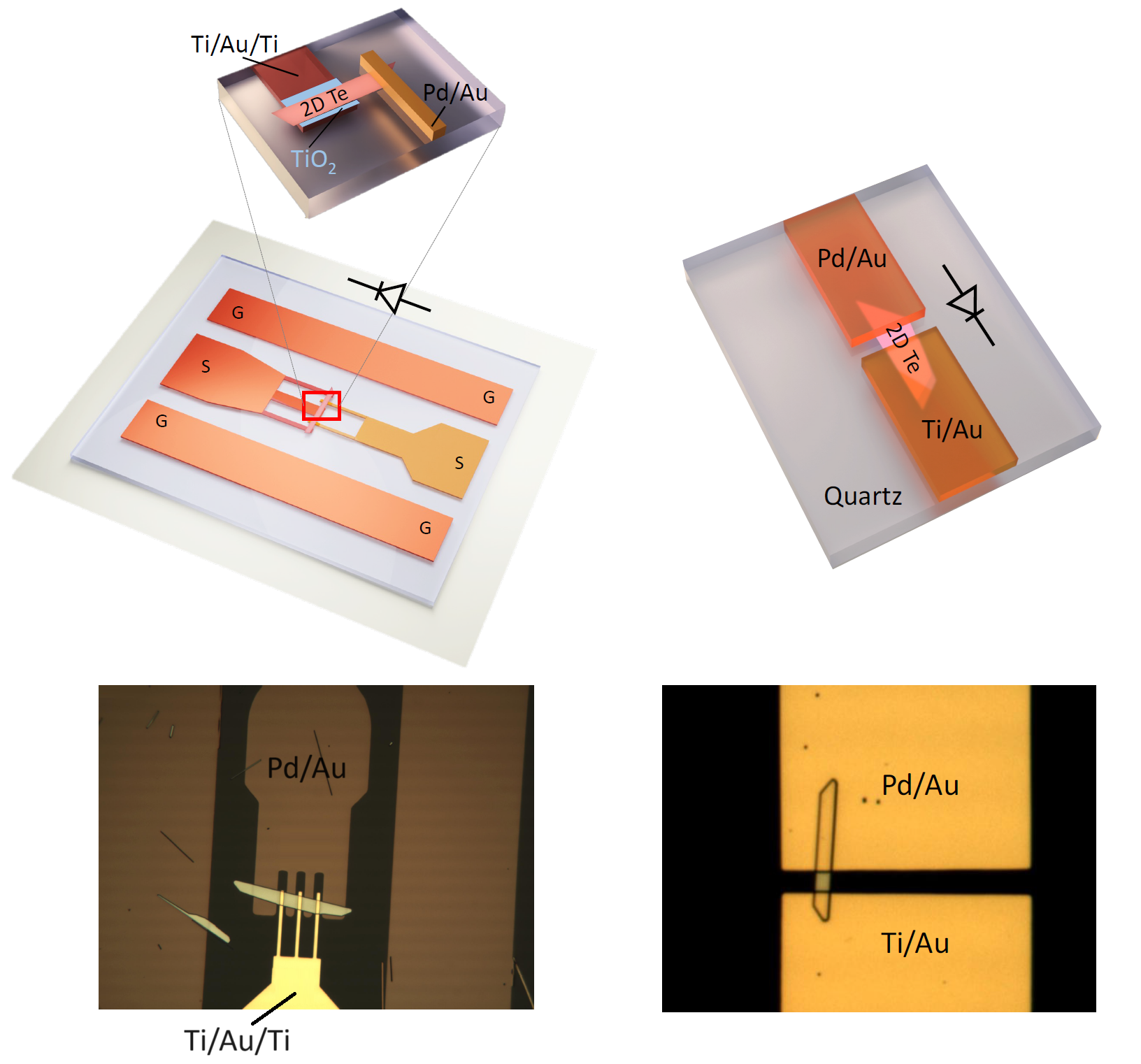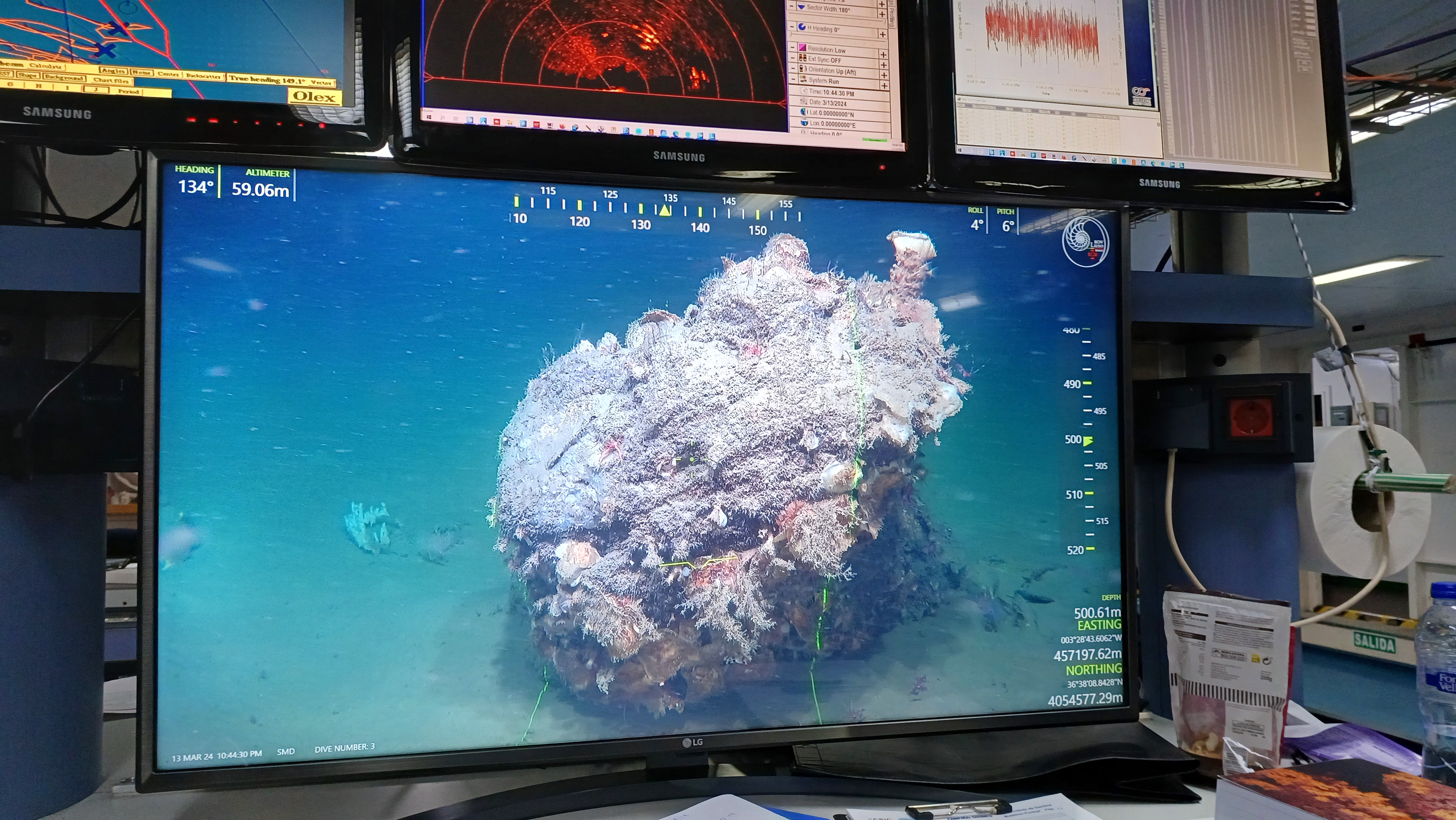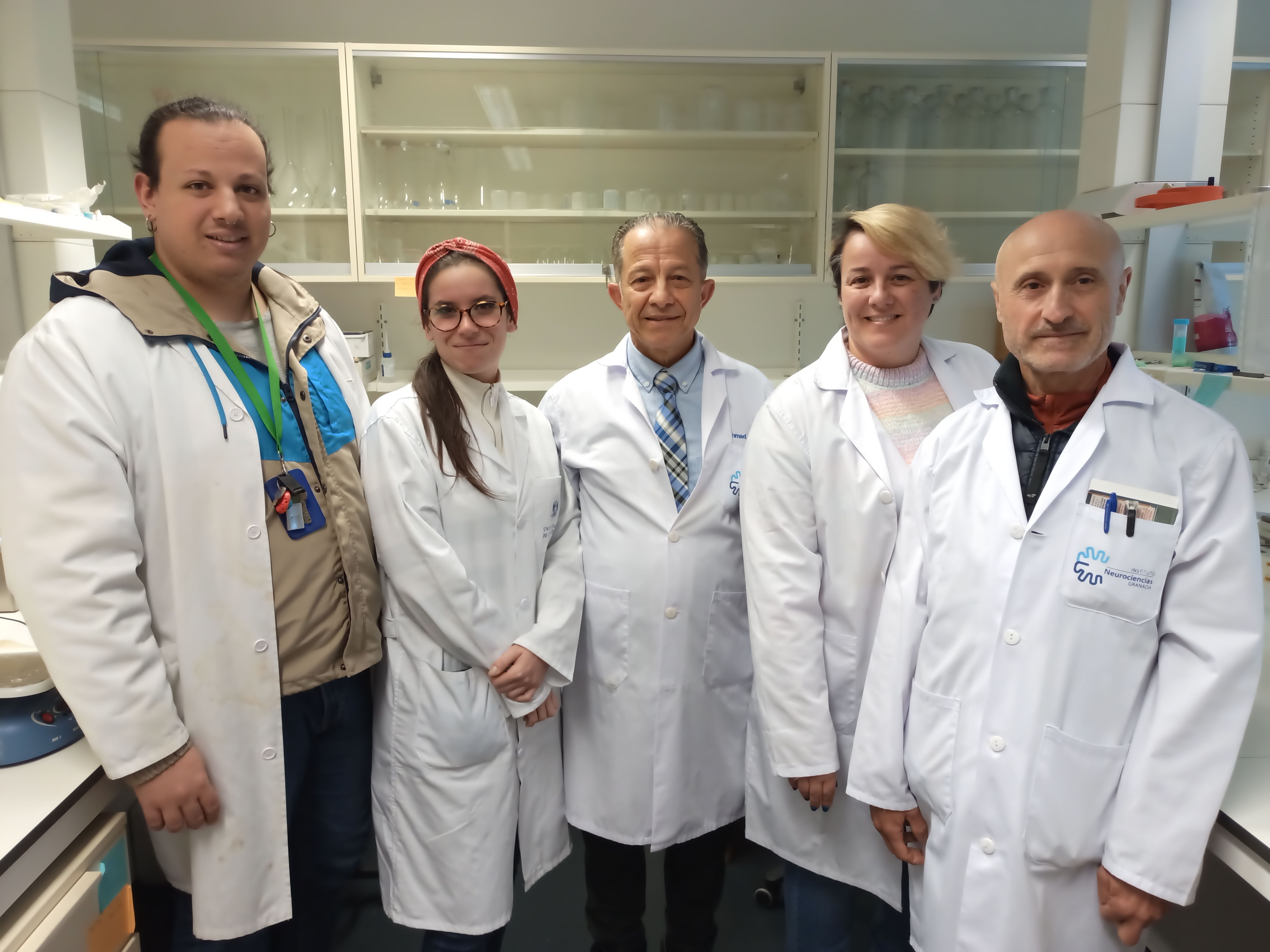
Today, Wednesday 5 December, the Rector of the University of Granada, Pilar Aranda, will officially open the multidisciplinary exhibition entitled the ‘Origins of the Altiplano of Granada’ (Granada High Plains), which will be housed at the Madraza Palace.
The Vice-Rectorate for Outreach, Víctor Medina, and Francisco Contreras, curator of the exhibition and Professor at the Department of Prehistory and Archaeology, will also deliver speeches as part of the opening ceremony.
This exhibition introduces the Guadix-Baza Depression, the Huéscar Depression and the Altiplano of Granada (Granada High Plains) from an archaeological perspective. In the past, an ideal environment meant it was the first region settled by humans on the Iberian Peninsula. Researchers at the University of Granada have been conducting in-depth interdisciplinary research on this territory for years and have studied its initial formation, as well as the impact humans have had on it.
Today, the landscape consists of gullies, ravines and scarce vegetation in a dry climate, making it difficult to understand the dramatic transformation the region has undergone in the past two million years. Life was once centred around a lake that made the climate milder and became home to a wonderful variety of flora and fauna. Different species inhabited this area and became fossils that were later unearthed in palaeoarchaeological excavations.
The purpose of this exhibition — called “the Origins of the Altiplano of Granada” — is to illustrate the formation and the transformation of the landscape over the last hundreds of thousands of years, mainly by looking at the geological structure and the biodiversity of the region before humans first appeared.
This exhibition explores the history of humans, starting in Orce 1.4 million years ago, as documented by the discovery of a human tooth in Barranco León. Since this ancient period, a series of evolutionary changes have enabled humans to adapt. Humans were first scavengers who became hunter-gathers and finally developed agriculture, manipulating their surroundings and building increasingly complex societies.
The exhibition also describes the cultural transformations of the peoples who lived in these depressions in prehistoric times, starting with the first people who inhabited Orce. It continues by delving into the lives of the Neolithic and Copper Age peoples who left their mark in the big megalithic necropolises they constructed.
Lastly, the exhibition explores the Bronze Age, which led to the strengthening of ever more complex social systems, ultimately resulting in the emergence of the first Iberian cities (Acci, Basti and Tutugi) and a well-established territory that the Romans would come to call “Bastetania”.
The exhibition will be open Monday to Friday from 11.00 to 14.00 and 16.30 to 18.30 at the Madraza Palace. Admission is free of charge and the exhibition pieces will be accompanied by descriptions in English and Spanish.
The official launch event will take place at 11.30 on Wednesday 5 December.


